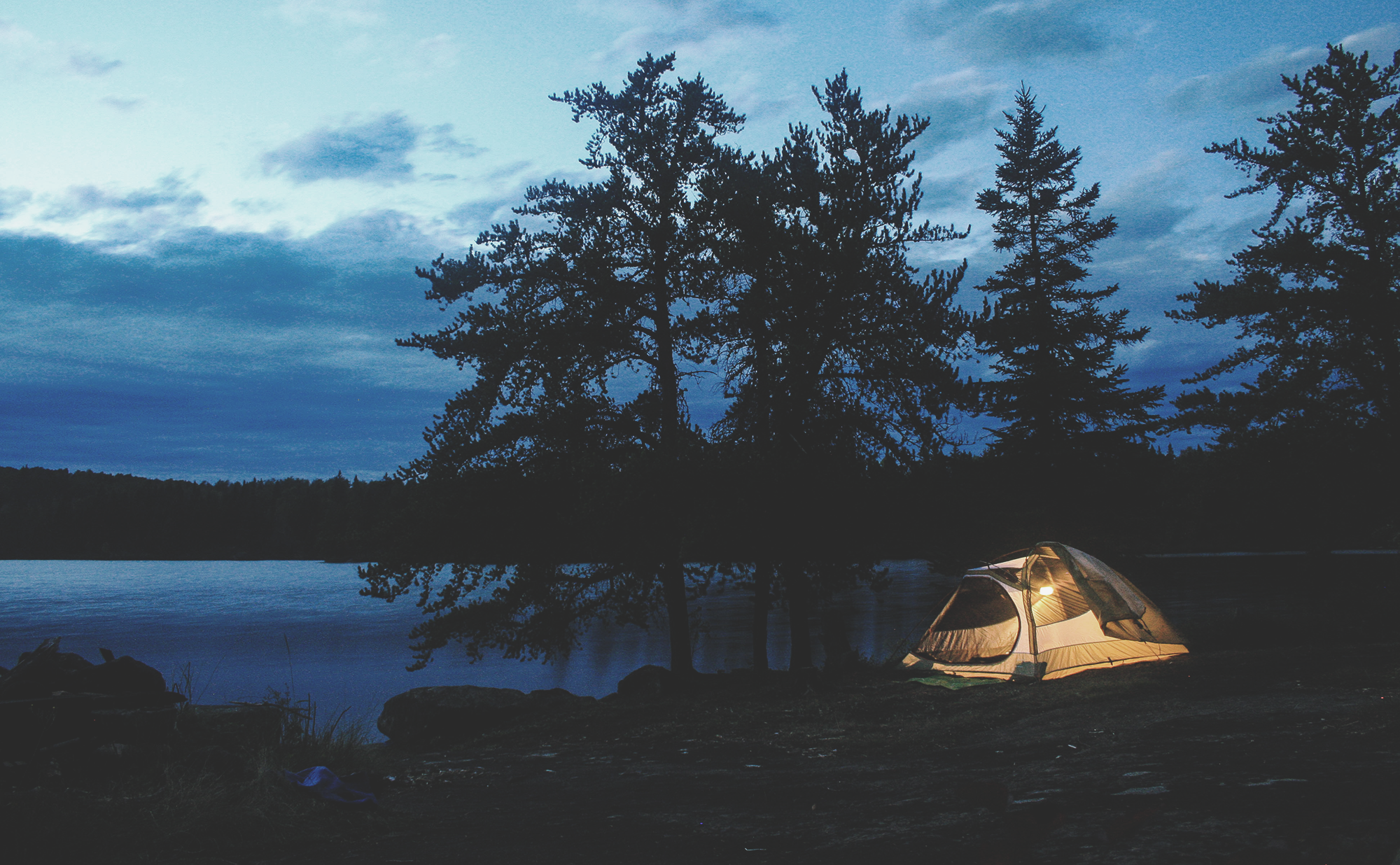The Boundary Waters: 7 Steps to Planning your Canoe Trip
Permits for all entry points become available on the last Wednesday in January at 9:00 am, CT.
The canoe paddle dripped as we floated in the sky-filled lake—just one of over 2,000 in this million-acre wilderness. We had gone back in time where wildlife outnumbers humans. Where nature guides our passageways as we pause for a thunderstorm to pass or the wind to settle. A landscape rich in history of the Anishinaabe who gathered and lived and harvested.
Northern Minnesota boasts the premiere canoeing destination in the United States—the Boundary Waters Canoe Area Wilderness(BWCAW). Bordering Minnesota and Canada, it provides hundreds of miles of remote waterways to explore.
Back in the summer of ‘99, laden with our folks vintage canvas canoe packs, we plan our first adventure into canoe country. Since then, we’ve done numerous yearly trips into the BWCA.
We’ll share what we’ve learned and show you how to plan your own paddling adventure!
1 | When do you want to go?
Minnesota is well known for having dramatic seasons. Summer is the most popular time to visit the BWCA. While June has excellent fishing, it is also when the bugs hatch. In July there are still bugs around, but the water has warmed up and swimming season is in full swing. Be aware that storms can occur sudden and fast. By August the bugs have dropped dramatically and the sunshine is golden. The shoulder seasons of May and September offer more solitude and seclusion, however the weather can be unpredictable and snow sometimes happens in late spring or early fall.
2 | What do you want to see and do?
Think about the things you want to experience before you go. Do you want to basecamp (stay in one place) and enjoy days of lazy tranquility? Or do you want to change campsites every day or so and see more country? Do you want to focus on fishing or photography? Are you hoping to paddle historic routes or view some pictographs? How long is your trip? How many miles per day do you want to paddle? Most canoeist’s average 2mp, this includes portaging gear over trails.. How many rest days do you want in-camp? If you’re going with others, how experienced are the people in your group? What are their fitness levels? Knowing some of these things can help you define the ideal trip for your situation. The further you get away from an entry point, the more likely you’ll have solitude. Or pick some really long portages - which many tend to avoid in preference for easier access.
3 | Pick an entry point and route.
The BWCA has infinite combinations of routes to paddle; all starting from 72 entry points. That can get overwhelming fast, so let’s break it down a little. The BWCA is essentially defined by two parts; the western and eastern sides.
To help simplify things, we suggest buying the National Geographic digital or printed maps to familiarize yourself with both the eastern and western sides of the wilderness. They include entry points, portages, campsites, topographic information and will give you a sense of the wilderness.
Once you’re acquainted with the different regions, check out our favorite BWCA books that cover routes for the western and eastern sides. These not only provide practical info like entry point details, but also route descriptions, mileage, points of interest and difficulty. The western half is characterized by smaller lakes, while the eastern side has many long, west-to-east oriented lakes. Most entry points can be accessed by driving through the following Minnesota communities: Ely and Isabella on the western side; Tofte and Grand Marais on the east side. The best thing is that you can start at an entry point and paddle to wherever you want to. For a first time trip, basecamping one to three lakes beyond the entry point is a great way to comfortably familiarize yourself and enjoy the BW.
4 | Reserve your permit.
Permits for the BWCA become available online the last week in January each year. Some entry points are popular, especially in the summer. If you’re planning a summer trip, we recommend you grab a permit early. However, there are permits available all season if you’re flexible. The reservation system will walk you step by step so that you choose the permit that is best for your trip. Please note that if your trip takes you into Canada, a Remote Border Crossing Permit , passport, rules and additional camping fees are required.
PERMIT UPDATE
As of 2022, the USFS is reducing the number of permits available on popular entry points beginning the 2022 season. This is to help minimize impact and allow for a better wilderness experience for all. If you have a particular entry point permit you want to secure, try to do it as soon as they become available. If you have some flexibility, consider going during the shoulder seasons like, May, Sept or early Oct. Also, pick a start date mid-week, to avoid “weekenders”. Finally, be flexible and have a couple of additional entry points picked as a backup. Permits for all entry points become available on the last Wednesday in January at 9:00 am, CT.
5 | What gear should you bring?
Whether you own all of the gear or not, you can do a BWCA trip! You have a few options for gathering gear.
You can buy all of the gear - yikes! That can get expensive quick.
You can rent everything from a local outfitter located near BW access points (all the way down to a frypan.)
You can rent some of your gear a’la carte from a local outfitter.
Or, you can cobble together what you already own, borrow or check out thrift stores for the rest. We see many people using backpacks and backpacking gear and generally, that type of gear will work.
Lastly, there are many online groups selling/swapping discounted gear.
Here is our recommended packing list for a summertime trip. Reserve gear from local outfitters, located on both sides of the BWCA.
6 | How to get to the entry point.
You can drive directly to one of the numerous entry point trailheads and park in the lot for free. Most entry points are accessed on paved roads, however be aware that some are accessed on minimally maintained dirt/gravel roads.
Otherwise, there are local outfitters who will shuttle you and all of your gear directly to the entry point. This could be with a van or with a tow service. They can also pick you up when you’re finished. Finally, there are outfitters located on lakes with direct access to the wilderness. Just bring your canoe and gear down to their dock and go.
7 | Care for your yourself. Care for the land.
The BWCA is a remote wilderness area. Preparing your body and mind for the rigors of carrying a 40+ pound canoe and heavy canoe pack will minimize risks to yourself, to emergency services and to others. If you run into trouble, it may take emergency services hours to reach you. Carrying an emergency beacon like a Garmin InReach or SPOT could help you greatly if you become injured or lost. You can also rent one from an outfitter. Be prepared to self-evacuate.
According to the United States Forest Service, the most common injuries (listed in order of frequency) are: dehydration, blisters, sunburn, sprained ankles, cooking burns, hypothermia, constipation, eye injuries from brush scratches, insect bites and stings, itching and rashes.
Practice before you go in the backyard! Set up your tent and fire up your stove. This allows you to work out any kinks and see if anything is missing or needs fixing. There’s nothing like getting to a campsite and discovering that someone forgot to pack the tent poles.
We encourage you to check out these safety tips before leaving on any wilderness trip. Bonus points from us if you sign up for a Wilderness First Aid (WFA) course before you go!
Finally, please practice leave no trace and leave the wild better than you found it! Happy paddling.




